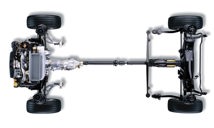Offering all-wheel drive seems to be a winning strategy for automakers in Canada. According to JATO Dynamics research, more than 70 per cent of new cars sold here last year drove all four of their wheels. SUVs, crossovers, and trucks often offer all-wheel drive, and with the increased popularity of these body styles, this statistic makes a lot of sense.
But with AWD emerging as a big reason why Canadians buy certain vehicles, automakers are beginning to see if all-wheel-drive sedans and hatchbacks will fit the bill. Mazda and Toyota have started offering some of their most popular cars with all-wheel drive, while automakers like Kia and Nissan have forgone front-wheel drive completely in some models, offering them only with AWD in our market.
With only a few automakers still offering sedans and hatchbacks, it is interesting to see if all-wheel drive is going to keep those vehicles relevant even while SUVs, trucks, and crossovers dominate sales.
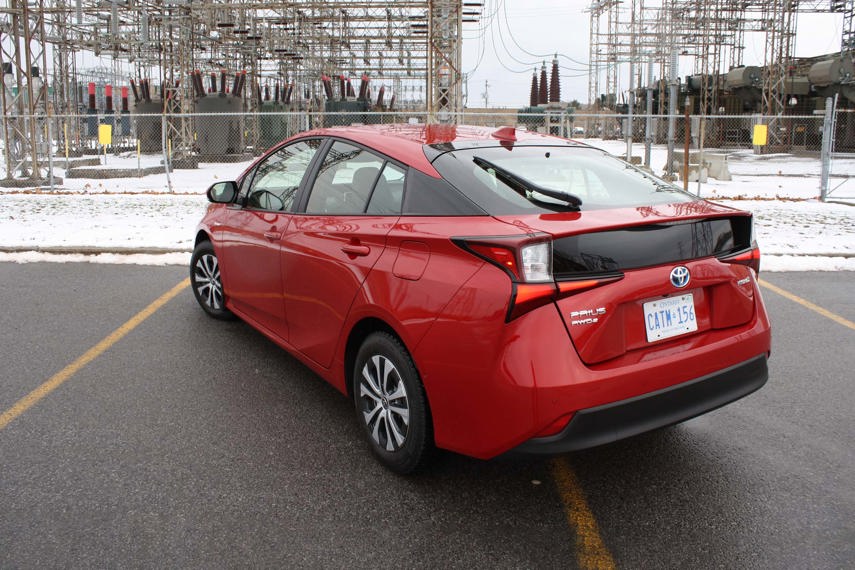
Has It Worked Before?
Let’s take a look at Toyota’s new all-wheel-drive offerings. The eco-friendly Prius hybrid hatchback began to offer an AWD variant in 2019, and the always-popular Camry sedan began to offer AWD with its four-cylinder models midway through last year.
“In 2019, 68 per cent of Priuses sold in Canada were AWD, while in 2020, such sales have increased to 70.5 per cent,” explained Toyota Canada spokesperson Danielle Petruccelli. “Since Camry AWD was launched in March 2020 and is still fairly new to the market, the sales split of Camry AWD is about 7.7 per cent of total Camry sales [compared to front-wheel-drive models].”
Introducing the AWD version of the Prius in 2019 helped increase sales of the hybrid, which is impressive considering the base version of the Prius AWD-e has a higher asking price than the base front-wheel-drive model. By using an electric motor to power the rear wheels, the Prius AWD-e can selectively operate in AWD mode when needed (when starting from a stop or when slippage is detected, for example), but the extra power provided by the motor seems to offset the extra weight of carrying that component around. While the system isn’t always on, Canadians seem to like the extra confidence provided by the AWD-e setup in addition to the increased efficiency of a hybrid powertrain.
Since the Camry AWD was introduced to the market during the COVID-19 pandemic and with limited marketing, the data is still limited regarding its success. Still, other automakers have started offering their mid-sized sedans with AWD. What used to be a party of one with the Subaru Legacy now includes the Nissan Altima and Kia K5 (previously the Optima), so it makes sense for Toyota to offer AWD in the Camry. That 7.7 per cent of Camry sales that were AWD models still totals more overall than the number of Kia K5s sold last year (it was also a new model) and about 60 per cent of the 2020 sales of the AWD-only Legacy and Altima.
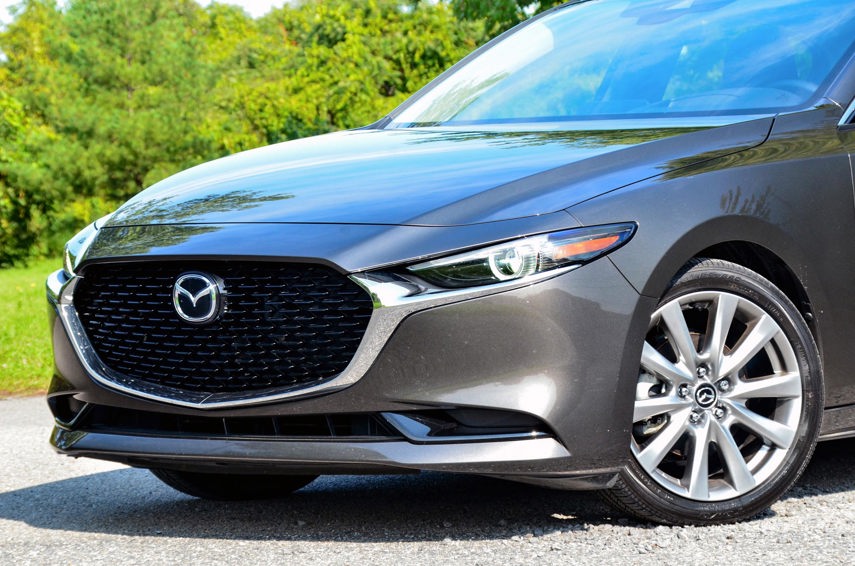
Going Upmarket with AWD
Mazda has a different approach to its AWD philosophy. The automaker wants to go upmarket with a more premium look and feel for its lineup, and AWD plays a big role in that.
“Part of offering a premium product includes things like powertrain options, which you’ve seen with the recent addition of the 2.5 Turbo engine, and of course, i-Activ AWD,” explains Mazda Canada spokesperson Chuck Reimer. “These features are typically on a premium buyer’s shopping list, and if you look at the premium offerings in the market, they typically offer them as well. So it was clear that to be able to move towards Mazda Premium and appeal to a more premium-minded buyer, we needed to offer AWD and higher-output engine options as well.”
Mazda is a small automaker, and for it to succeed, going upmarket might help it make more money per transaction.
“The availability of AWD on the Mazda3 has certainly helped us appeal to a new audience, one that previously wasn’t considering Mazda because AWD was a high priority on their shopping list,” said Reimer. “In the process of moving our product to a more premium position, we have also shifted focus away from a previous market – value-driven shoppers who purchase a vehicle based exclusively on the lowest price or the best deal.”
According to Mazda, the strategy has some legs: 45 per cent of Mazda3 sales are of the top-trim GT model. By offering AWD, Mazda has increased its appeal to shoppers looking for a more premium car, and as a result, those shoppers may be willing to spend a bit more money on the new 3. When it comes to overall Mazda3 sales, 40 per cent of them are all-wheel drive.
The automaker went into even more detail, showing the split between sedan and hatchback buyers. “The sedan buyer still looks like a much more pragmatic buyer, buying for value rather than the more premium features,” said Reimer. “In terms of AWD models, with the sedan, the mid-trim GS AWD model claims 60 per cent of the AWD cars sold, and 40 per cent are on GT.”
The hatchback is a bit different. “On the hatchback, the design is much more emotional, with less of a focus on practicality, ironically, and the buyer profile follows,” he said. “In terms of AWD models sold, here the GT again takes the lead, with 66 per cent of all AWD models sold, and only 34 per cent for the GS model.”
When it comes to the decision to offer AWD, Mazda uses the feature to bring a new buyer into its showrooms, one with more money to spend, which helps the automaker’s bottom line. So far, it sounds like that approach is winning.
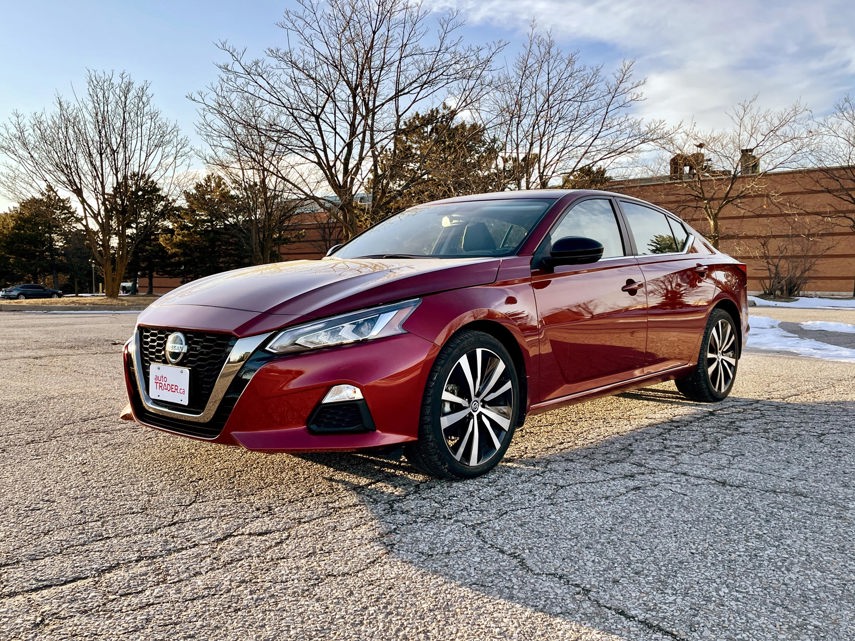
Is Going AWD-Only Better for Car Sales?
Not all automakers have the same strategy. When the new Kia K5 was introduced to replace the Optima, it arrived as an all-wheel drive sedan, with only the performance-oriented GT model featuring front-wheel drive. Usually, automakers promote choice, but limiting the number of drivetrain options doesn’t always work out, even if it’s skewed to all-wheel drive.
For example, the latest-generation Nissan Altima is only offered with all-wheel drive in Canada. In the U.S., AWD is an option, with front-wheel drive being the standard configuration. Canadians didn’t respond kindly to the limited choice.
When the AWD-only Altima arrived in 2018, only 5,207 Canadians signed on the dotted line to buy one, a drop of 1,419 units compared to 2017. Sales of the Altima have dropped since, with 3,342 units sold in 2019, and 1,418 units in 2020. Nissan sold more electric-only Leafs last year than Altimas! While limited choice in powertrains may play a part in these reduced sales, Nissan has also been beefing up its crossover offerings, with a new Rogue, updated Qashqai, and ultra-affordable Kicks catching buyers’ attention (even though the Kicks is not available with AWD).
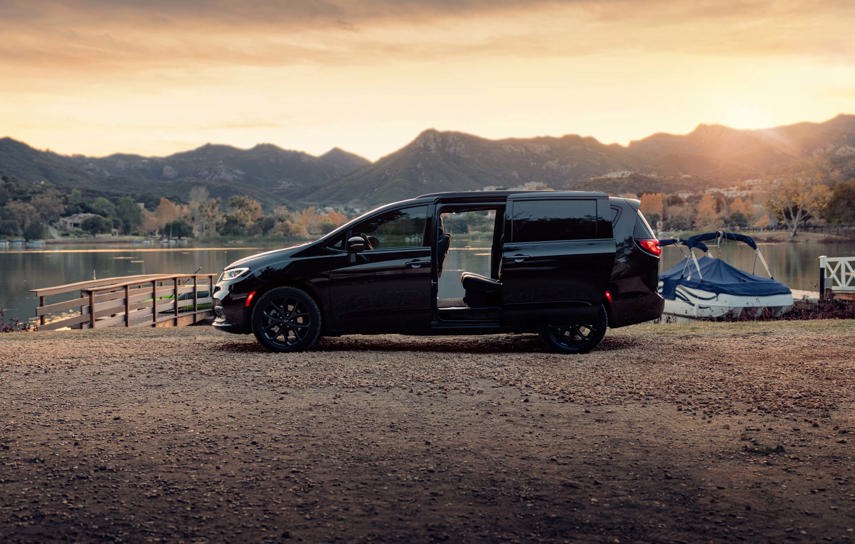
Is AWD Helping Other Body Styles?
Like sedans and hatchbacks, minivans have also been overshadowed by crossovers and SUVs for years and have offered AWD in order to compete.
While Toyota has been offering all-wheel drive on its Sienna minivan since 2003, Chrysler is jumping back into the AWD minivan segment with the new Pacifica AWD models.
Adding AWD to the Pacifica wasn’t as easy as it sounds. One of the most important features found in the Pacifica is the Stow ‘N Go seats that can fold flat right into the floor of the van, making the van super spacious and practical. Being able to offer Stow ‘N Go and all-wheel drive together took some extra effort from the Pacifica’s engineering team. The vehicle also has an extra trick for saving fuel, as it can disconnect the rear driveline when AWD isn’t needed.
Now that the Pacifica is able to boast an AWD variant along with other handy features like Stow ‘N Go, Chrysler may be able to close the gap on the Sienna. For now, the American automaker isn’t sharing sales splits of its AWD minivan, but notes that “we have already exceeded expectation in regards to take-rate for the Pacifica AWD compared to original estimates, so we know there is a lot of customer demand out there.”
Pickup trucks, crossovers, and SUVs are trending upwards in sales, but many automakers are still contemplating ways to keep their other body styles competitive. Making all-wheel drive an option (rather than the only choice) seems to be the best play here, as evidenced by Mazda and Toyota’s recent sales. More choice seems to be the way to keep sales going, and if cars have any chance against crossovers, AWD may be the right move.
